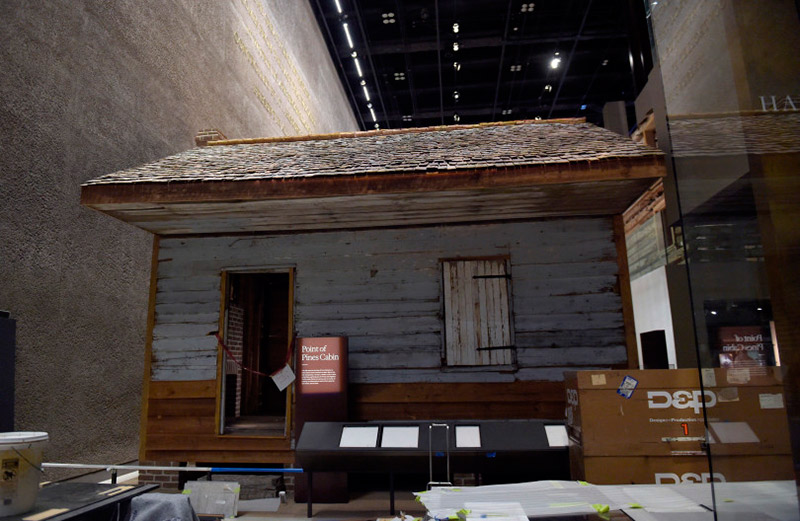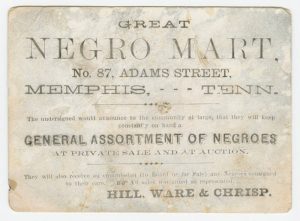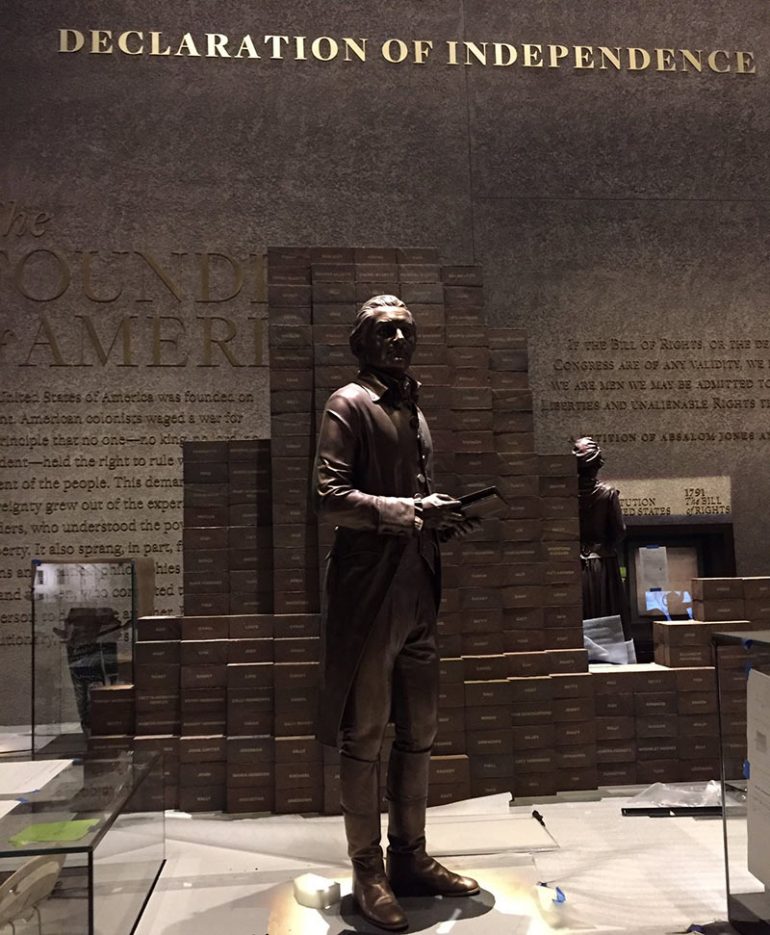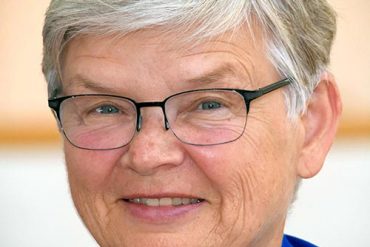“There’s a sweet, sweet spirit in this place.” from the old Gospel hymn are the words that come to mind as my wife and I visited the opening of the National African American History Museum in Washington D.C. as it opened on September 24, 2016. Some 9,000 attended but the experience was delightfully intimate — courtesy, fraternity, hospitality and cordiality abounded.
The building was designed by a team led by Ghanaian architect David Adjaye. A dramatic, glassy lattice opens up the 400,000 square-foot building to sunlight even though 60% of the structure is below grade level. Some say the multilevel lattice is reminiscent of a West African crown — starting smaller at the base and expanding upward.
Many celebrities spoke. In addition to President Barack Obama, Patti La Belle got a big whoop when she closed her rendition of “A change is gonna come” by adding “with Hillary Clinton.” My attention was seized by two speakers in particular. First, there was John Lewis, the timeless Georgia Congressman, who at age 76 lived to see the beatings, baton smashes, dog bites and racist rants encountered as a youngster – all now memorialized in this building – a building located a few feet away from where he marched with the Rev. Dr.Martin Luther King Jr. Congressman Lewis spoke without notes and with glistening eyes full of passion.
Then there was U.S. Supreme Court Chief Justice John Roberts. He commented that the Court considered Plessy v Ferguson and got it wrong; considered the Dred Scott case and got it wrong; and later considered the Brown v. Board of Education and got it right. Pointing to the Museum, he said that you can find out about the issues and deliberations surrounding those landmark decisions in this building. I wanted to ask him, however, how he could rule that the country has moved so far beyond its racist past that the voting rights Act could be selectively set aside; and that it was ok for Indiana to demand photo ID from voters, knowing full well this will have a winnowing effect on minority voters.
As invited guests, we were allowed to go into the museum ahead of the thousands lined up to enter. My attention was drawn to slavery exhibits. I believe Black Slavery and the attendant white supremacy are seeds of bitter fruit harvested now in the misery and disadvantage of so many African Americans. For instance, there is a statue of Thomas Jefferson, who owned 609 slaves. Behind him was a course of bricks, staggered for effect, with the names of each of his slaves etched thereon. There were slave collars that bound one slave to the other and small foot shackles for children. The Thomas Jefferson exhibit was also an eye-catcher, especially the preserved draft of his Declaration of Independence wherein the slave holding President stated that all men were created equal. It’s clear that he didn’t think Black people were human or equal, though he managed to father a child with the Black slave Sally Hemmings.

Economics of the Slave Trade Exhibited
A splendid multi-media exhibit explained the economics of the sugar trade — how it enriched Europe and the United States and the important part it played in the evolution of the U.S. as a world power. It pointed out how enslaved Africans working in America and throughout the Caribbean Diaspora provided free labor essential to this Euro-American trade cycle. Then came the Cotton Station. The exhibit explained that the combination of lands expropriated from native Americans and African slave labor created fabulous wealth for its owners. As early as 1807 a Mississippi cotton plantation was said to return 22.5% annually to its investors. Notes by Harvard historian Sven Beckert, author of Empire of Cotton, state that European weavers of American cotton grew concerned about “the increasing uncertainty of this continuance of the system of slavery” and that “the blood stained produce constituted a suicidal dependence on the crime of American Slavery.” Yet it continued, and this exhibit shows in the harshest visual terms how the U.S. economy was nurtured by free slave labor and European moral indifference.
Reparations

To those that say “I didn’t own and my family didn’t own slaves” -this museum screams that the power, perceived freedoms, financial stability and economic basis of the U.S. was built on the backs of enslaved Blacks. All Americans, including those living today, have benefited from that Original Sin.
Georgetown University, not part of the National African American History Museum, is coming to grips with this notion of atonement and reparation. In 1839 the Jesuits of Georgetown were on the brink of financial ruin. Their solution was to sell 272 of their Black slaves to southern plantations, the profits from which kept the school afloat. Students protested recently following the unearthing of this sordid history, prompting additional research and much soul searching. Now the President of Georgetown has recognized this disgraceful act, apologized, renamed buildings previously named for Jesuits complicit with slave profiteering and guaranteed preferential admissions to the descendants of the 272 slave families. This is a huge precedent, and one that needs repeating nationwide. (It should be noted, moreover, that Georgetown already had a policy of not admitting students without providing financial assistance to those in need.)
The National African American History Museum, with its thousands of objects and displays, does not overtly state a demand for reparations. But its contents should stimulate the conversation.
President Obama remarked at this Dedication:
“And yes a clear-eyed view of history can make us uncomfortable, but it is precisely because of that discomfort that we can learn and grow and harness our collective power to make this nation more perfect.”
Paul King is a construction consultant and member of Chicago’s Business Leadership Council






